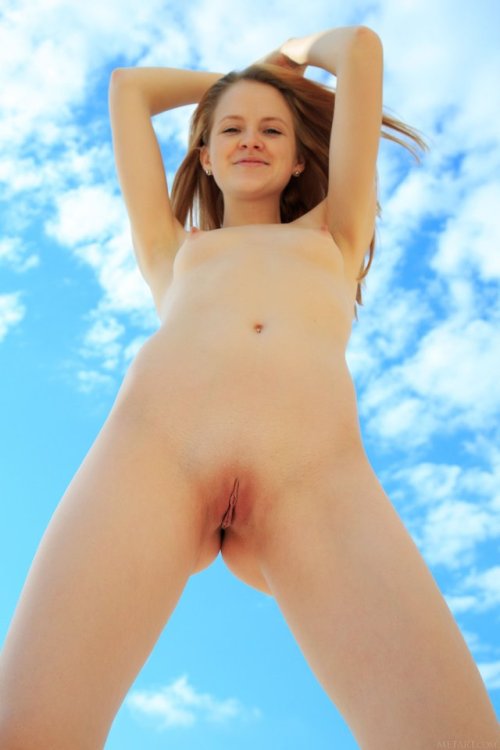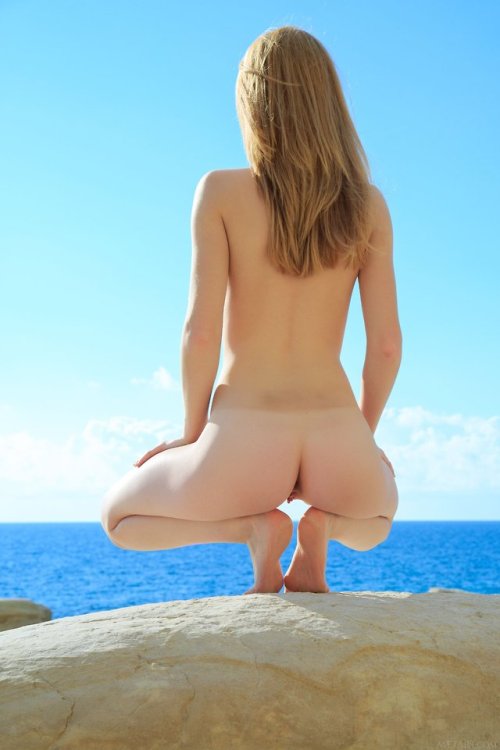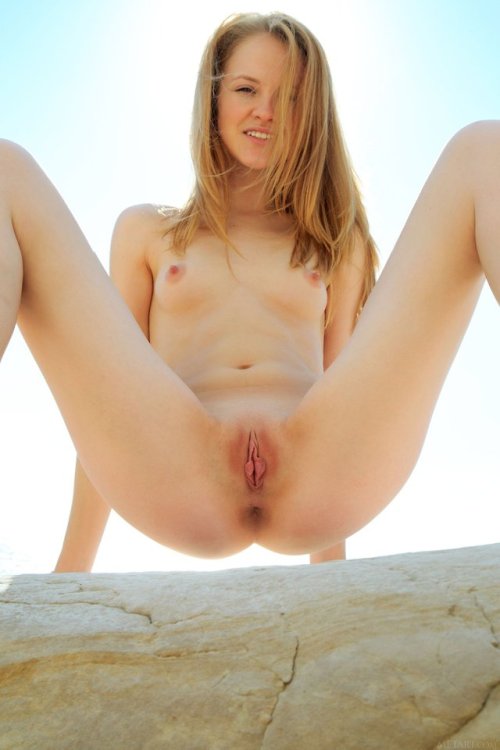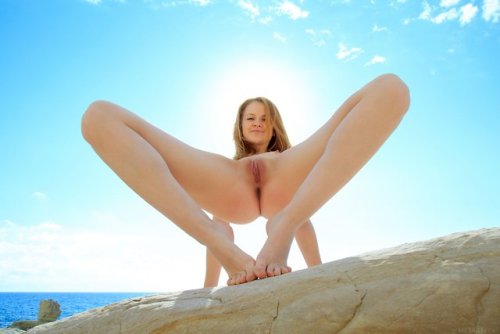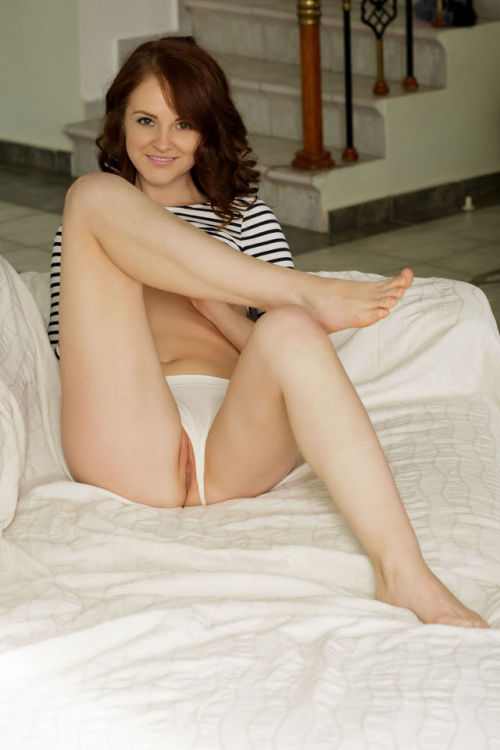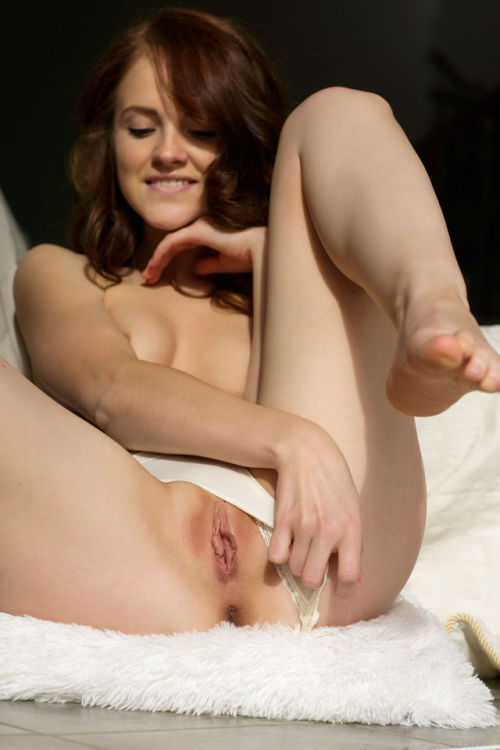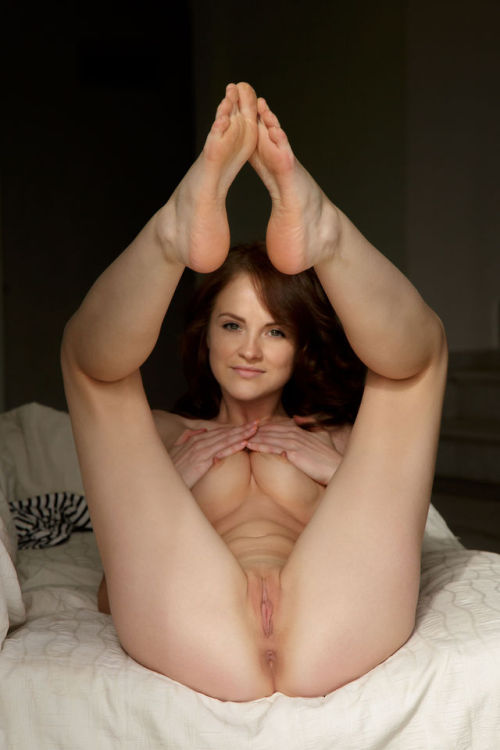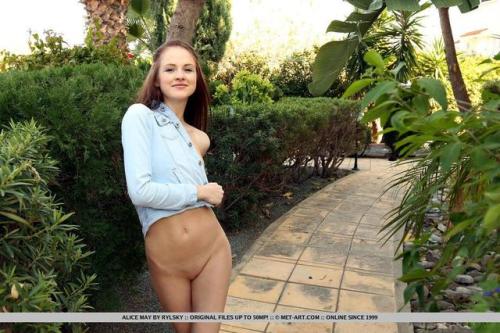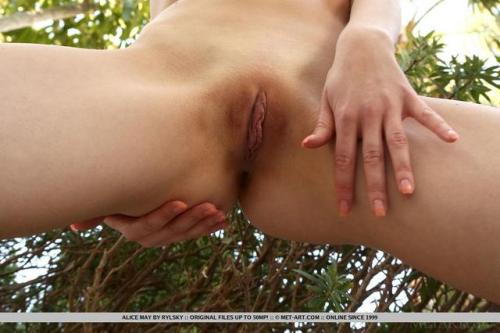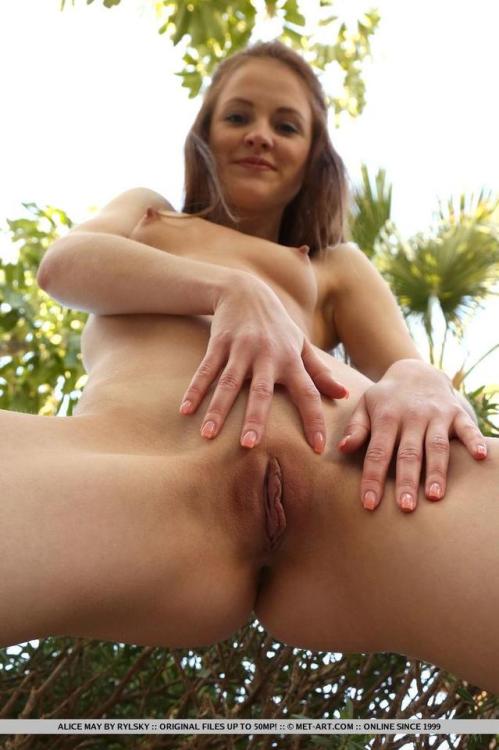#alice may
Alice May: The Complete List
Here are all the overviews I’ve written of Alice’s Adventures in WonderlandandThrough the Looking-Glass adaptations throughout the month of May.
I haven’t included the Tim Burton duology, because they’re sequels to the original story, not adaptations.
*Alice in Wonderland (1915 silent film) – Alice played by Viola Savoy
*Alice in Wonderland (1931 Metropolitan Studios film) – Alice played by Ruth Gilbert
*Alice in Wonderland (1933 Paramount Pictures film) – Alice played by Charlotte Henry
*Alice in Wonderland (1949 British-French film) – Alice played by Carol Marsh
*Alice in Wonderland (1951 Disney animated film) – Alice voiced by Kathryn Beaumont
*Alice in Wonderland (1966 BBC TV film) – Alice played by Anne-Marie Mallik
*Alice in Wonderland, or What’s a Nice Kid Like You Doing in a Place Like This? (1966 Hanna-Barbera animation) – Alice voiced by Janet Waldo
*Alice Through the Looking Glass (1966 NBC TV musical) – Alice played by Judi Rolin
*Alice’s Adventures in Wonderland (1972 British film) – Alice played by Fiona Fullerton
*Alice Through the Looking-Glass (1973 BBC TV film) – Alice played by Sarah Sutton
*Alice at the Palace (1981 filmed stage musical) – Alice played by Meryl Streep
*Alisa v Strane Chudes (“Alice in Wonderland”) (1981 Russian animated film) – Alice voiced by Marina Neyolova
*Alisa v Zazerkal (“Alice Through the Looking-Glass”) (1982 Russian animated film) – Alice voiced by Marina Neyolova
*Alice in Wonderland (1983 filmed Broadway production) – Alice played by Kate Burton
*Alice in Wonderland (1985 two-part CBS TV film) – Alice played by Natalie Gregory
*Alice in Wonderland (1985 Anglia Television 5 miniseries) – Alice played by Giselle Andrews
*Alice in Wonderland (1986 BBC miniseries) – Alice played by Kate Dorning
*Alice Through the Looking Glass (1987 Burbank Films animation) – Alice voiced by Janet Waldo
*Alice in Wonderland (1988 Burbank Films animation) – Alice voiced by Olivia Martin
*Něco z Alenky (“Something from Alice”) (1988 Czech film) – Alice played by Kristýna Kohoutová
*Alice in Wonderland (1995 Jetlag Productions animation) – Alice voiced by Bailee Reid
*Alice Through the Looking Glass (1988 British Film) – Alice played by Kate Beckinsale
*Alice in Wonderland (1999 NBC TV film) – Alice played by Tina Majorino
*Alice in Wonderland (2007 opera by Unsuk Chin) – Alice played by Sally Matthews
*Alice’s Adventures in Wonderland (2011 ballet by Joby Talbot) – Alice played by Lauren Cuthbertson
@ariel-seagull-wings,@superkingofpriderock,@faintingheroine,@the-blue-fairie,@amalthea9
Alice May: “Alice Through the Looking Glass” (1987 Burbank Films animation)

Despite being produced by Burbank Films, this isn’t a sequel to their version of Alice in Wonderland – this was made a year earlier. Furthermore, this version is (a) a musical), (b) filled with celebrity voice actors, and © a much less faithful, more “modernized” version of the story than the studio’s rendition of the first book would be.
ThisLooking-Glassrevolves around a modern-day Alice voiced by Janet Waldo, two decades after she voiced the character in Hanna-Barbera’s 1966 cartoon, yet even at age 68 managing to sound girlish, though not childlike. Her journey through Chessland (a more concise but less poetic name than Looking-Glass Land) has the same goal as in the book, reaching the eighth square so she can become a queen. But the script takes free liberties along the way. Alice is given a friend and helper in the form of a magical jester named Tom Fool (voice of Townsend Coleman), clearly inspired by Lester the Jester from the 1966 Judi Rolin musical. The White Queen (Phyllis Diller) sends Alice on her quest, while the Red Queen (also Janet Waldo, showing off her versatility) is a villain who wants to stop Alice from succeeding. For this she employs the Jabberwock (Mr. T.), the Bandersnatch (Hal Smith) and the Snark (Clive Revill), who dwell in a land of monsters that Alice is forced to pass through. And the other characters Alice meets tend to bear little resemblance to Carroll’s versions. Tweedledum and Tweedledee (Jonathan Winters) are would-be athletes, Humpty Dumpty (George Gobel) is an unhatched dinosaur egg with saber teeth and a tail, and the White Knight (Alan Young) is a coward who thinks he’s brave.
(Once again, we have two cast members who also appeared in Irwin Allen’s 1985 Alice, and both in the Looking-Glass half too, but in different roles: George Gobel previously played the Gnat, while Jonathan Winters played Humpty Dumpty.)
In no way is this an essential version ofLooking-Glass. It’s not faithful enough to appeal to most fans of the book, yet not different enough to be fully respected as its own creative venture, and the animation is no better than an ‘80s Saturday morning cartoon. But all the same, it has charm. The characters might not exactly be Carroll’s, but they’re appealing in their own way and well-voiced by the starry cast. Meanwhile, the songs by voice actor and singer-songwriter Will Ryan (who also voices the Newspaper Man on the train) are solid, if not especially memorable.
I can imagine children enjoying this Looking-Glass very much if it were their introduction to the story. It’s not a personal favorite adaptation of mine, but still, I’m glad to have seen it.
@ariel-seagull-wings,@superkingofpriderock,@faintingheroine,@the-blue-fairie,@amalthea9
Alice May: “Alice in Wonderland, or What’s a Nice Kid Like You Doing in a Place Like This?” (1966 Hanna-Barbera cartoon special)

This 50-minute cartoon musical is an Alice of and for the ‘60s. Its young heroine (voiced by Janet Waldo, a.k.a. Judy Jetson and Penelope Pitstop) is a modern-day Alice trying to finish reading Alice in Wonderland for a school book report. But then her over-exuberant dog Fluff knocks her over, causing her to bump her head, fall unconscious, and dream that she follows Fluff through her TV screen into a Wonderland that Carroll would hardly recognize as his own. Its residents include a playful White Rabbit (Howard Morris), a jazzy beatnik Cheshire Cat (Sammy Davis Jr.), a Mad Hatter (Harvey Korman) with a glamorous female assistant named Hedda Hatter (Hedda Hopper), a two-headed Caterpillar whose heads resemble Fred Flintstone and Barney Rubble (Alan Reed and Mel Blanc), a Hispanic-accented White Knight (Bill Dana as his character of José Jiménez), a Bogart-like “hard-boiled” criminal egg named Humphrey Dumpty (Allan Melvin), and glamorous Hungarian-accented Queen of Hearts (Zsa Zsa Gabor).
(Interestingly, two of the voice actors would go on to appear in Irwin Allan’s 1985 live action TV Alice, in different roles: Sammy Davis Jr. as the Caterpillar, Harvey Korman as the White King.)
Of course, this special doesn’t even try to be a faithful adaptation of the books. It just uses them as a basic framework for its own comedy and creativity. But any fan of the classic '60s Hanna-Barbera cartoons should still enjoy it. The animation might not be the most sophisticated, but the visuals are full of imagination and color, the characters are appealing, and the starry voice cast has great fun with their roles. The songs by Charles Strouse (of Bye Bye Birdie, Annie, and All Dogs Go to Heaven fame) are infectiously catchy too.
A high art Alicethis isn’t, but as a joyful, colorful cartoon snapshot of 1966, it’s worth watching.
@ariel-seagull-wings,@superkingofpriderock,@faintingheroine,@the-blue-fairie,@amalthea9
Alice May: “Alice Through the Looking-Glass” (1973 BBC TV film)

Here we find another rare stand-alone adaptation of Through the Looking-Glass, this time produced by the BBC. It stars 11-year-old Sarah Sutton (later known as Nyssa from Doctor Who), who at the time was the youngest actress ever to have played Alice onscreen, although Natalie Gregory andKristýna Kohoutová have surpassed her since then.
This is probably the most meticulously faithful version of Through the Looking-Glass ever filmed. Almost every episode from the book is included – only the Wood with No Names and the White Knight’s battle with the Red Knight are cut– and almost all the dialogue is straight from Carroll. All of Looking-Glass Land is blue-screened against illustrated backdrops drawn in the style of John Tenniel, and most of the costumes replicate Tenniel’s illustrations too. “The Walrus and the Carpenter,” “Jabberwocky,” “The Aged, Aged Man,” and Humpty Dumpty’s fish poem are all featured (the former three with visuals, the last without), as is the epigraph poem “A Boat Beneath a Sunny Sky” at the end of the closing credits.
As a whole, I feel the same way about this Through the Looking-Glass that I do about the BBC’s 1986 Alice in Wonderlandminiseries. Both are fairly subdued in tone and not especially memorable compared to other versions, but they’re still enjoyable both for their sheer faithfulness to Carroll and for the strong performances from their actors. Sarah Sutton’s Alice is slightly wooden, but likable all the same, and Looking-Glass Land’s inhabitants are all perfectly cast.
If like me, you think Through the Looking-Glass deserves to be adapted more often, then this version is a must-see.
@ariel-seagull-wings,@superkingofpriderock,@the-blue-fairie,@faintingheroine,@amalthea9
Alice May: “Alice at the Palace” (1981 filmed stage musical)

This 1981 filmed version of the 1980 off-Broadway musical Alice in Concert is one of my favorite underrated Aliceadaptations… and not just because it stars a 32-year-old Meryl Streep as Alice. The show’s composer-lyricist Elizabeth Swados described it as a “music hall,” a Victorian form of vaudeville theatre that featured variety acts, which naturally lends itself to the episodic Alice stories. With minimalist sets and a hodgepodge of modern and Victorian costumes, only Alice herself is the same person throughout, while each of the eleven ensemble members take on multiple roles. The show is almost fully sung, and the songs are written in a wide variety of styles: Broadway, folk, jazz, blues, country, barbershop, klezmer, parlor song, and more. (In this way it recalls Andrew Lloyd Webber’s Joseph and the Amazing Technicolor Dreamcoat.) This quirky musical obviously won’t suit all tastes, but it does suit mine. It captures the madcap yet intelligent spirit of the books in a unique way, with infectious music and an excellent cast led by a magnificent rising star.
Like many other Alices, this one adapts both Alice’s Adventures in WonderlandandThrough the Looking-Glass, although theLooking-Glass portion is very truncated. The Wonderland scenes have a light, broadly comic tone, while the Looking-Glass scenes are slightly darker and more melancholy, though still with comic relief.
While it might be an acquired taste to see Meryl Streep play a 7-year-old, she fully embodies the role of Alice, showing off her beautiful singing voice and dancing skills as well as mastering realistic childlike mannerisms. Admittedly, she plays a more modern child than Carroll’s Alice (goofier, more tomboyish and less refined), but in this lively musical it works. Other standouts are Debbie Allen as a vivacious dancing Queen of Hearts, Richard Cox as the Caterpillar, the Mad Hatter and the Jabberwock, a young Michael Jeter displaying his comic chops as Bill the Lizard, the Pig-Baby and the Dormouse, falsetto singer Rodney Hudson as the Cheshire Cat and the Unicorn, and Mark Linn-Baker as the White Rabbit, the March Hare, the White Knight, and a Yiddish-accented Mock Turtle. Fans of Mister Rogers’ Neighborhood will also recognize Betty Aberlin among the female ensemble members.
This is a very unusual Alice, but absolutely worth seeing!
@ariel-seagull-wings,@superkingofpriderock,@faintingheroine,@the-blue-fairie,@amalthea9
Alice May: “Alice in Wonderland” (1915 silent film)

This silent Alice has an interesting history, and it’s a real shame that it only survives in an incomplete form. The original film was two hours long, and it adapted both Alice’s Adventures in Wonderland andThrough the Looking-Glass: as in other early Alice adaptations, the first half seems to have adapted the first book, while the second half covered the sequel. But circa 1920, the film was rereleased in two separate hour-long installments, WonderlandandLooking-Glass. Unfortunately, all but the last reel ofLooking-Glass is lost, as is the original cut of the film that featured both parts. The very scene on the 1915 movie poster, Alice’s meeting with Humpty Dumpty, is sadly one of the lost scenes. So are the scenes in Wonderland where Alice shrinks or grows. Still, the truncated Wonderland that still exists is a charming version; we’re lucky that it survived at all.
For the most part this is a faithful adaptation. The main embellishment is an opening sequence of Alice playing in the kitchen, then going for a walk with her sister before they sit down on the riverbank, and seeing various things – the cook baking tarts, a deck of cards, a white rabbit, Dinah the cat in a tree, and a piglet in the farmyard – that influence her dream. In Wonderland, all the animal characters wear full-body suits and masks with articulated eyes and mouths, as do the Duchess, the Cook, and the Mad Hatter to make them look like Tenniel’s illustrations. While by modern standards these costumes are fairly clunky and grotesque, it’s clear that great love and care was put into creating them, and they most definitely create a fanciful atmosphere. Meanwhile, the lively, endearing Alice of 15-year-old Viola Savoy excellently holds the picture together. She and the other performers bring the story to life despite the fact that the film direction is bare-bones, with no closeups and very little editing.
Despite its incompleteness and its slightly primitive qualities, this is still an appealing Alice, which anyone who loves both the books and the genre of silent film should see.
@ariel-seagull-wings,@superkingofpriderock,@faintingheroine,@the-blue-fairie,@amalthea9
Alice May: “Alice Through the Looking Glass” (1966 TV musical)

Stand-alone adaptations of Through the Looking-Glass are rare, so naturally I was excited to see this star-studded TV musical from 1966. While it’s not the most faithful rendition of Carroll’s book, it’s an enjoyable little fantasy romp all the same.
This version of Alice (Judi Rolin) is invited through the mirror by the Red King (Robert Coote), who obviously isn’t asleep in this adaptation, and who is then joined by the Red Queen (Agnes Moorhead), the White King (Ricardo Montalbán), and the White Queen (Nanette Fabray) in introducing her to the topsy-turvy charms of Looking-Glass Land. Unfortunately, the kings and queens admit that they’re currently powerless, because the evil Jabberwock (not just a monster here, but a sapient, talking beast played by Jack Palance) has taken over the kingdom. But the spunky Alice urges them to fight back. Inspired, the kings and queens send her on her journey to become a queen herself, in hope that she’ll inspire all the people of Looking-Glass Land to rise up against the Jabberwock… who of course will do all he can to stop her.
Besides, this new framing device, the script also adds a scene where the witches from Snow White, Sleeping BeautyandHansel & Gretel are sent by the Jabberwock to mislead Alice, but fail because she’s too fairy tale-savvy, and a new character, Lester the Jester (Roy Castle), who helps Alice whenever she’s in need.
Obviously, this is less Carroll’s Through the Looking-Glass than it is a low-budget knockoff of The Wizard of Oz withLooking-Glass trappings: Alice in place of Dorothy, the Jabberwock as the Wicked Witch of the West, and Lester the Jester as the Scarecrow. Still, its charms are worth appreciating. 20-year-old Judi Rolin is an endearing Alice with an excellent singing voice, even if her acting is over-the-top at times, and the celebrities who surround her all shine: all the ones listed above, as well as the Smothers Brothers as Tweedledum and Tweedledee, and Jimmy Durante perfectly cast as Humpty Dumpty. The songs by Moose Charlap (best known for the classic 1954 musical of Peter Pan) are charming too, even if their tone is often too brassy and all-American to be Carrollian.
This is far from a definitive Looking-Glass, but it’s worth seeing.
@ariel-seagull-wings,@superkingofpriderock,@faintingheroine,@the-blue-fairie,@amalthea9
Alice May: “Alice in Wonderland” (1995 Jetlag Productions animated film)

I remember seeing the VHS cover of this Alice at Blockbuster when I was little, along with various other titles from Jetlag Productions and Golden Films. In the ‘90s, these two animation companies were the chief producers of “mockbusters” – low-budget direct-to-video knockoffs of Disney and other Hollywood studios’ animated hits.
The Jetlag Alice is typical of the genre, with mediocre animation but bright, colorful aesthetics that should still appeal to children, and a handful of songs that aren’t very memorable, but which decently serve their purpose. For the most part it’s a faithful adaptation of Carroll’s first book, although it cuts the Duchess, Cook and Pig-Baby, and later the Mock Turtle and Gryphon. It is however, one of only three versions I’ve seen (the other two being Disney’s and the obscure Anglia 5 TV miniseries) to include the pigeon who mistakes Alice for a serpent. The Caterpillar scene also includes a touch of bowdlerization: instead of smoking a hookah, he sips a drink from a long straw that looks similar to a hookah.
Overall, this an unremarkable but unoffensive adaptation. I have no particular interest in watching it again, but I understand why it’s remembered fondly by people who grew up watching it, especially if it was their introduction to the story. As an introduction to Alice for young children, it would be a fine choice, but I do hope that after seeing it, those children would move on to exploring other adaptations… and of course the book.
@ariel-seagull-wings,@superkingofpriderock,@faintingheroine,@the-blue-fairie,@amalthea9
Alice May: “Alisa v Zazerkal” (1982 Russian animated film)

Fans of the 1981 Soviet Alice in Wonderland didn’t have to wait long to see the same whimsical animation style applied to Through the Looking-Glass. Just a year later, the sequel aired on TV in four parts, with Marina Neyolova reprising her role voicing Alice, veteran actor Rostislav Plyatt once again serving as narrator, and the same blend of traditional cel animation and stop-motion cutout animation, in a variety of different styles, that made the ‘81 Alice so fantastical.
Once again, this is a faithful adaptation, and even less abridged than Wonderlandwas. The only major cuts are the Wood with No Names, the rowboat ride with the Sheep (most Looking-Glass adaptations seem to cut those episodes anyway), and the characters of the Gnat and the sleeping Red King. But once again there are some changes related to culture and language. The chess set is the standard black and white instead of Carroll’s red and white: thus the Red Queen becomes the Black Queen. The Looking-Glass insects are different too: the rocking-horse-flies are replaced with “river-horse-flies,” i.e. tiny flying hippos, and there’s also a slightly terrifying “baobab-fly,” a giant insect that looks like a tree. As for the book’s famous poems, “Jabberwocky” is included (though it’s less scary than in most other adaptations – the Jabberwock is a comical fuzzball), but not “The Walrus and the Carpenter,” and the White Knight’s “Aged, Aged Man” song is replaced with an original song about animals.
Meanwhile, the cheerfully surreal and whimsical tone of Wonderland continues on, with an array of inventive visual details. For example, Tweedledum and Tweedledee live on a giant phonograph, which plays a record of their nursery rhyme being sung by a chipmunk-like voice, and Humpty Dumpty’s wall is made of giant alphabet blocks, in keeping with his love of words. And Alice is still refreshingly portrayed as the quirky, plucky, adventurous girl Carroll created, with no attempt by the screenwriters to tame her.
If you like the 1981 Soviet Alice in Wonderland, you’ll like its sequel too, and if you agree with me that Through the Looking-Glass deserves more adaptations, then this one is a particular must-see.
@ariel-seagull-wings,@superkingofpriderock,@faintingheroine,@the-blue-fairie,@amalthea9


